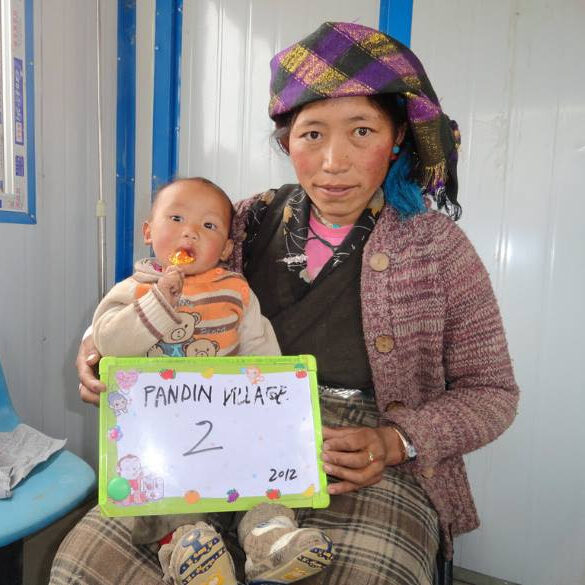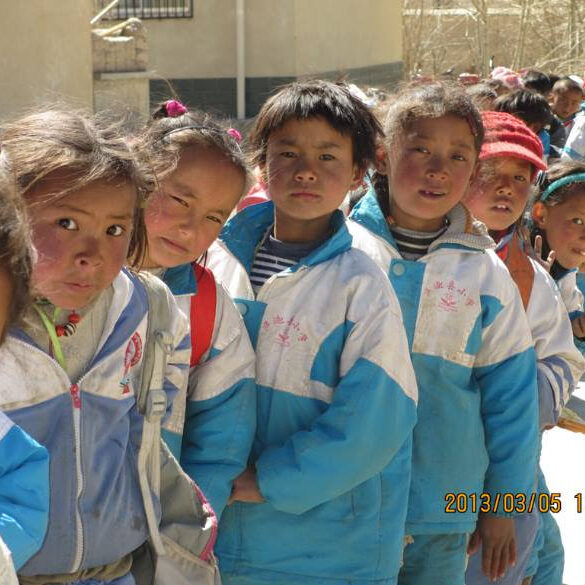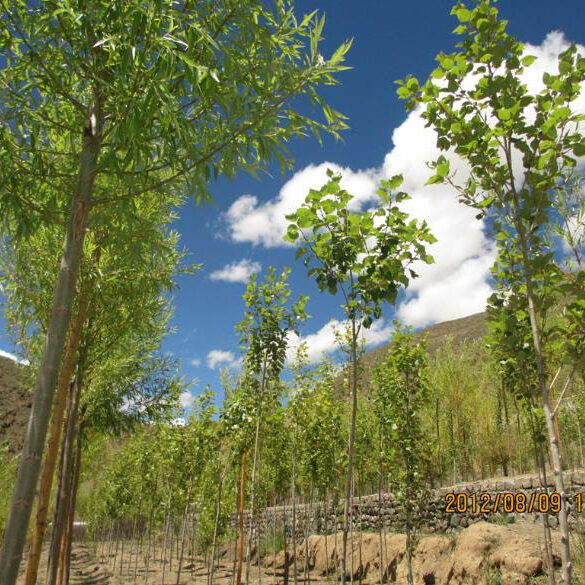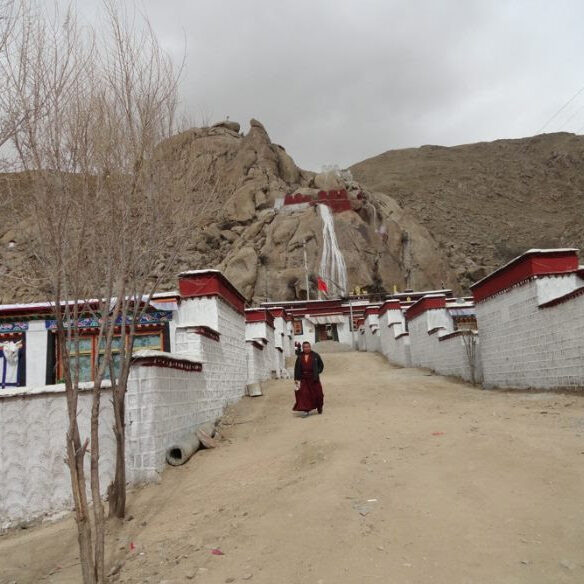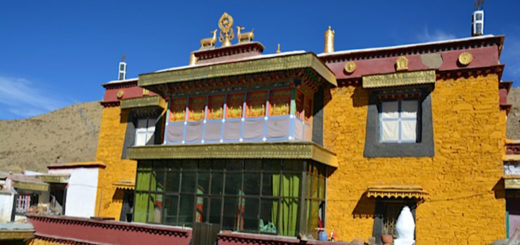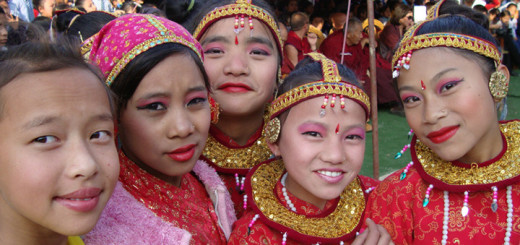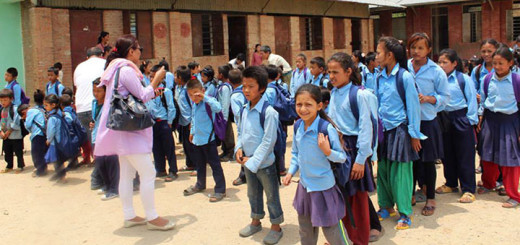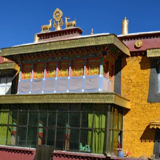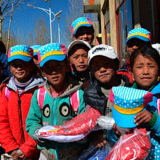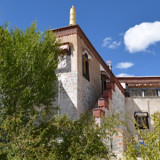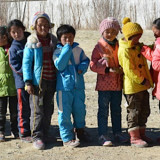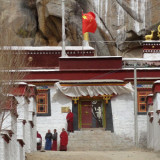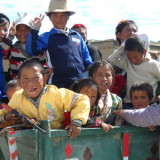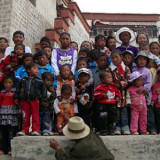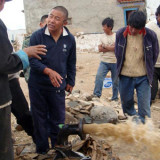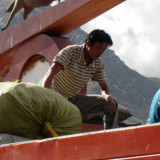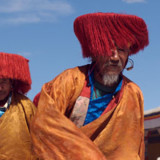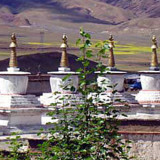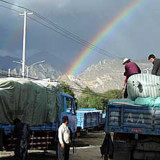Tibet 2012
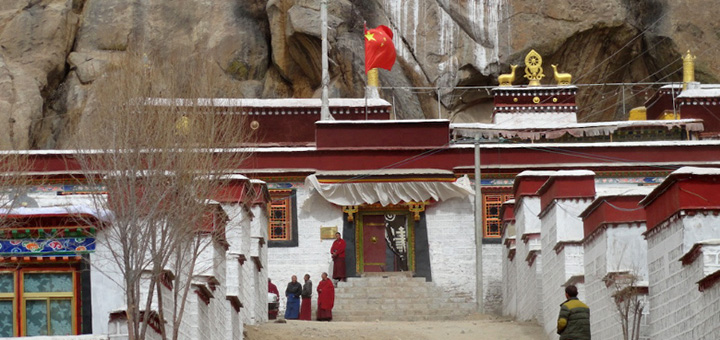
Long Distance Adoptions
This year the Adoptions project reached around twenty villages in the district of Dakshu Shang – at an altitude of 4,000 metres on the Tibetan plateau of Central Tibet in the province of Shigatse – plus another two villages of a neighbouring district. Here the economy is usually based only on the meagre crops of mountain agriculture – often with insufficient harvests even for the needs of the family – and a few head of cattle. The funds raised in 2012 were delivered in February-March 2013 and were distributed equally among the approximately 2,000 children in the villages. This is done in order to not create further difficulties and suffering within these small communities
where everyone knows each other. Help was also given to several households consisting only of elderly people.
Families and children were summoned village to village according to the lists of the population prepared by the Local Government: a moment of great joy and expectation for everyone.
The adopted children were photographed, and letters and photos from their benefactors were delivered – who for the most part are Italians, but now also Greek, English, German, Dutch, Swiss, Spanish, and American. Even children who are not yet adopted were photographed: no family wants to lose this precious moment of attention and hope for the future of their children.
Schools
In the district of Dakshu Shang there are now a few elementary schools, among which the most important is that of the village of Nye that teaches from the first to sixth class. The photos you can see are taken in this school. The school is home to about 500 children studying for the most part as boarders, as the lack of transportation makes it impossible for them to travel daily from their village. Since years this school is included in our aid program and also this year there was the distribution of all the school materials for one year for all children in the district as well as new uniforms, wind jackets and padded trousers.
The children are accommodated in rooms with eight beds and receive three meals a day. In the morning they have lessons, then more classes or homework after the lunch break. In the warmer season, once homework is finished, the children have time to play in the garden or in the courtyards of the school.
For these families it would be impossible to cover the costs of educating their children as well as give up the help these children give in the home, with younger siblings or in the fields.
But the presence of schools in the villages and the economic aid has very much changed life in the villages, as the percentage of children who have the opportunity to receive an education has grown tremendously and continues to grow; many children are now studying in secondary schools and some are even attending university. This was unthinkable just 14 years ago when the Association began its activities: in fact only very few parents know how to read and write.
Trees
In 2012 the important work continues of the forestation of areas included in our aid programme. Several thousand trees have been planted in this region almost completely devoid of vegetation, in order to protect villages from landslides, erosion of the already arid land by strong winds, blinding sun and dust of the plateau.
Once planted the trees are then cared for with the continuous and costly work of irrigation to allow them to grow. Many other trees are needed, and you can donate one with only 10 euro in either your own name or dedicated to a loved one, someone in ill health or someone in particular difficulty.
This year the company Cresco spa has donated a tree for every carton of ice cream purchased by its customers, who were then able to write their dedications on these cards which were placed on one of the newly planted trees: an effective idea and original way to promote their activities by helping a highly beneficial project.
Monasteries
Help from the Association reaches several small monasteries in Central Tibet, whose survival is based only on the offerings they manage to collect. The donations are needed to cover the basic needs of the small communities – food, shoes, medicines, fuel, blankets, repairs and so on – in which all the monks divide their time between manual labor and prayer.
In 2012 the important work of building rooms to house the monks of Nimo Gyalchen Monastery was completed. A small monastery nestled in the mountains between the cities of Lhasa and Shigatse, Nimo Gyalchen has a growing number of monks who were all housed together in a wing of the old small building in an increasingly small and unhealthy environment.
The new rooms – in the photos – located just outside the Monastery are built in stone and are positioned so as to receive the most possible sunlight, especially during the long winter months in which the monks have no heating.

